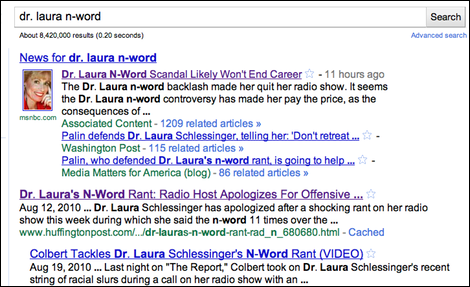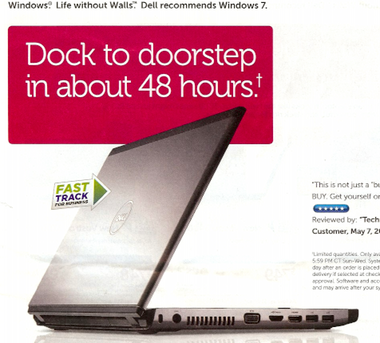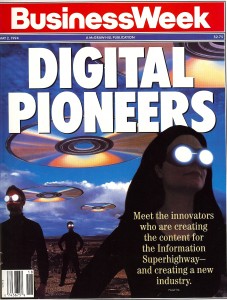The Wall Street Journal ran a lengthy and sobering piece this week about how the rise of the e-book is altering the landscape of the publishing industry. It was not, on the surface, a happy picture for authors:
The digital revolution that is disrupting the economic model of the book industry is having an outsize impact on the careers of literary writers. Priced much lower than hardcovers, many e-books generate less income for publishers. And big retailers are buying fewer titles. As a result, the publishers who nurtured generations of America’s top literary-fiction writers are approving fewer book deals and signing fewer new writers. Most of those getting published are receiving smaller advances.
The Journal piece focused on fiction writers, but the implications are similar for nonfiction authors like me. Whenever a wave of change sweeps through an industry, the old ways of making money tend to dissipate faster than the new ways coalesce. There is much wringing of hands. People panic. As a veteran of the newspaper industry I feel like I know this movie pretty well by now.
 I also know this: when you do creative work, you are not owed a living. Few things are more ludicrous than a writer with a sense of entitlement. It would be wonderful if the pie available to reward authors were growing rather than shrinking. But we live in an era blessed with an abundance of opportunities to publish — and a relative scarcity of time to consume the products of publishing. Gluts make prices collapse. There’s no way an e-book can or should cost anything like what a paper book costs. Maybe volume will make up some of the difference — but, plainly, not yet.
I also know this: when you do creative work, you are not owed a living. Few things are more ludicrous than a writer with a sense of entitlement. It would be wonderful if the pie available to reward authors were growing rather than shrinking. But we live in an era blessed with an abundance of opportunities to publish — and a relative scarcity of time to consume the products of publishing. Gluts make prices collapse. There’s no way an e-book can or should cost anything like what a paper book costs. Maybe volume will make up some of the difference — but, plainly, not yet.
I don’t see the point in hand-wringing. But I still plan to write long-form non-fiction and hope to earn at least some portion of my living doing it. So I’m going to do my damnedest to try to understand the changing publishing environment and figure out the smartest way for an author to navigate it. Id rather adapt and evolve than gripe my way to extinction.
To that end, I’m beginning a self-education program in the world of electronic book publishing. I know by some measures I’m coming to this absurdly late. Then again, I was worried when I started this blog in 2002 that I was late to that party, too.
So help me out. What are your favorite sources of information about e-books and e-readers? Do you just read about them as part of your wider intake of tech and gadget news? Or are there dedicated sites, publications and bloggers who you rely on?
I’m aware of the venerable Teleread. I’ve been enjoying Tim Carmody’s thoughtful posts at Wired and the Atlantic. I’ll read all the think pieces about “the future of the book” by writers like Steven Johnson and Kevin Kelly that come along. Any other useful sources out there I should know about?
I’ll collect my findings and report back!





